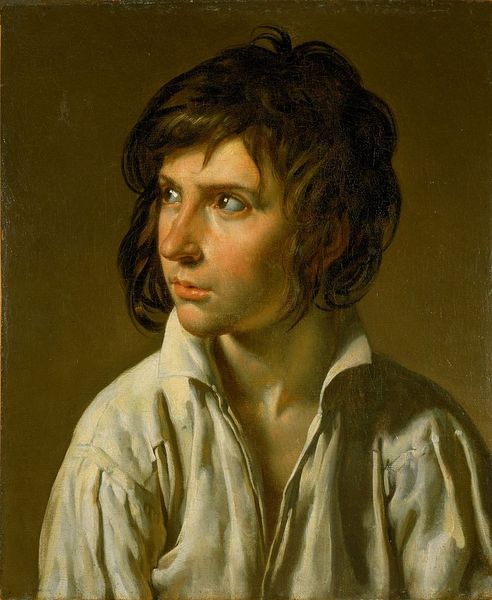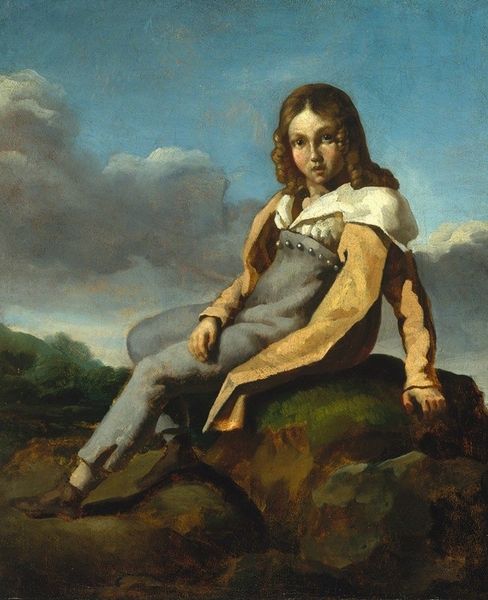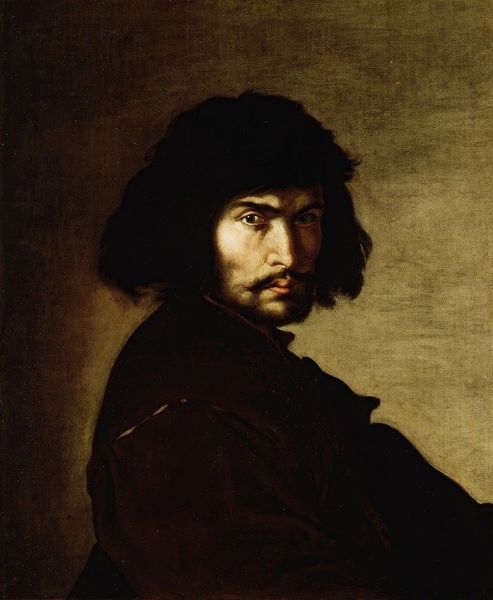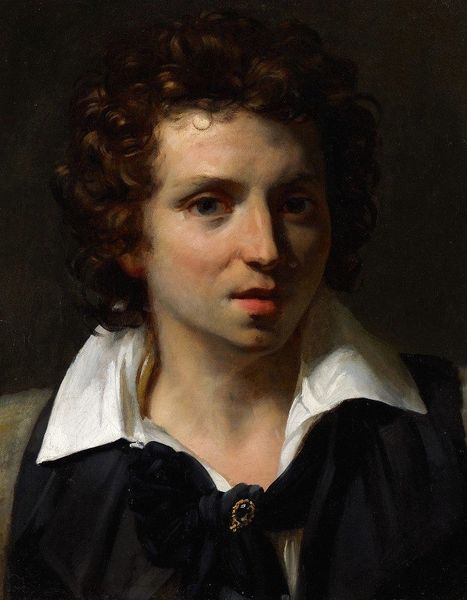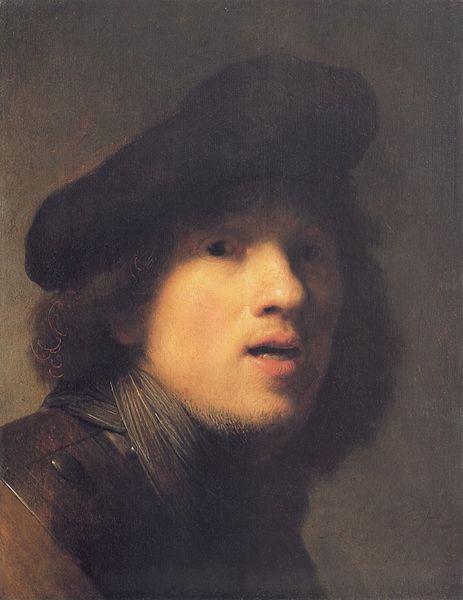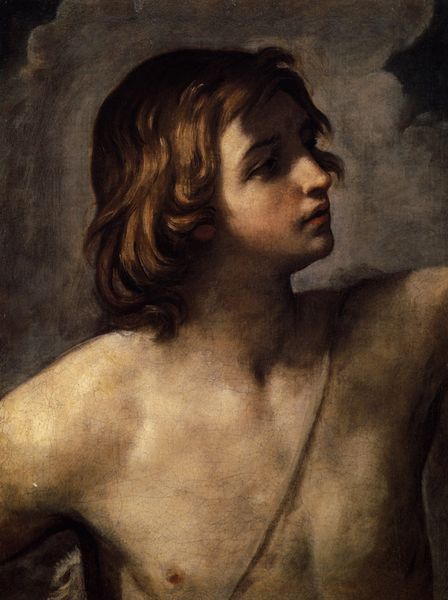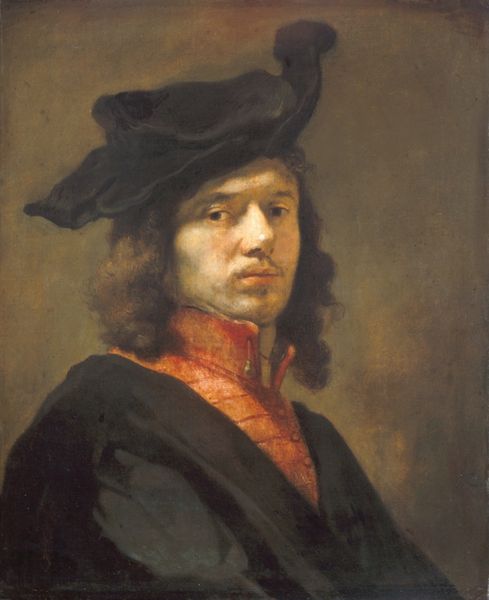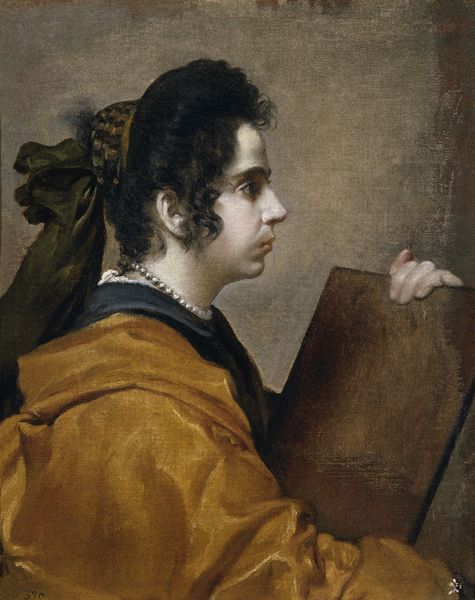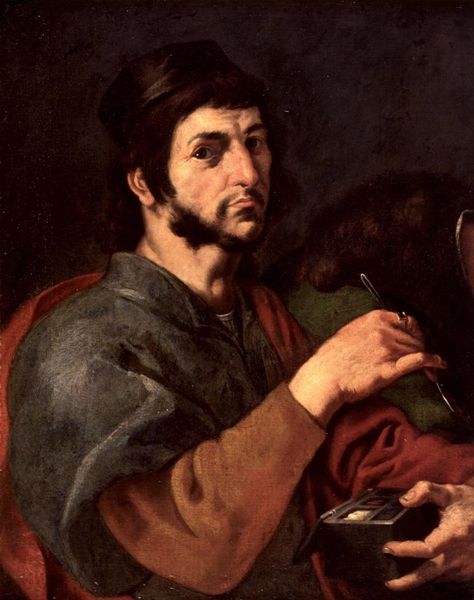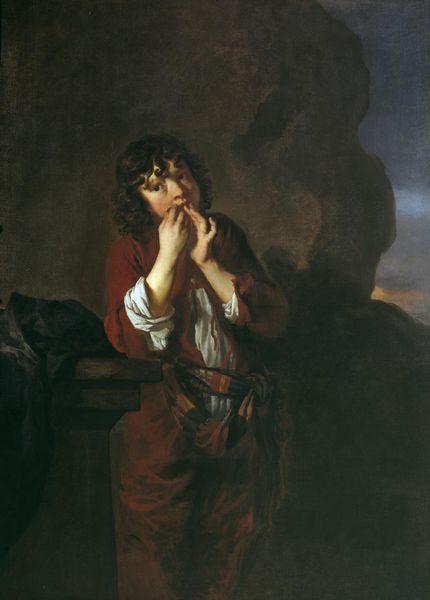
painting, oil-paint
#
portrait
#
baroque
#
painting
#
oil-paint
#
genre-painting
#
history-painting
Dimensions: 64 x 52 cm
Copyright: Public domain
Curator: Here we have Eustache Le Sueur's "Portrait of a Young Man," painted around 1640. It currently resides at the Wadsworth Atheneum in Hartford. Editor: The first thing I notice is how tentative it feels. Like catching someone unaware. It has a hesitant energy about it. Curator: Hesitant, yes, but also incredibly knowing. It’s painted in oil, a favored medium of the time, which lends a luminosity to the skin that’s just stunning. But it is curious: genre, historical themes? It feels as intimate as a memory. Editor: Intimacy demands proximity and access, right? But this is oil on canvas, a very involved process. Someone had to grind the pigments, prepare the canvas, procure the expensive materials… that creates distance, both for Le Sueur and for us. We’re witnessing a product of significant labor here, carefully constructed. Curator: True, it wasn’t just pulled out of thin air! And the sitter clearly wasn't impoverished. But look at the lace on the collar— such fine work, captured meticulously! The sheen in the dark fabric hints at high quality too. Someone clearly paid good money to sit for Le Sueur, and Le Sueur used precious resources for their time. What do you see in those details? Editor: Precisely. Lace wasn’t just a pretty flourish; it signified status and required intensive hand labor. The cost of that lace speaks volumes about the social hierarchy being upheld by the artwork. Consumption isn’t just a contemporary concern, it had its markers since time immemorial, like art objects. Curator: It’s almost melancholic, in a way. What do you think, is there something subtly sad happening in that downward glance? And is that really how he wore his hair?! Editor: Maybe he was tired after sitting so long for his portrait! The fatigue might have been literal as much as of class-based status anxiety. These material factors aren’t accidental flourishes, they really shaped the end result, and continue shaping the means through which art can get created. Curator: He makes me reflect, not only on materials but that intangible thing that makes art tick, too. Editor: Right. It gets past this kind of historical residue, in its own quiet, insistent way. I understand, on the material level, that there’s been a chain of social interactions embedded and invested into the work; now its all up to the current context and the viewers too.
Comments
No comments
Be the first to comment and join the conversation on the ultimate creative platform.

